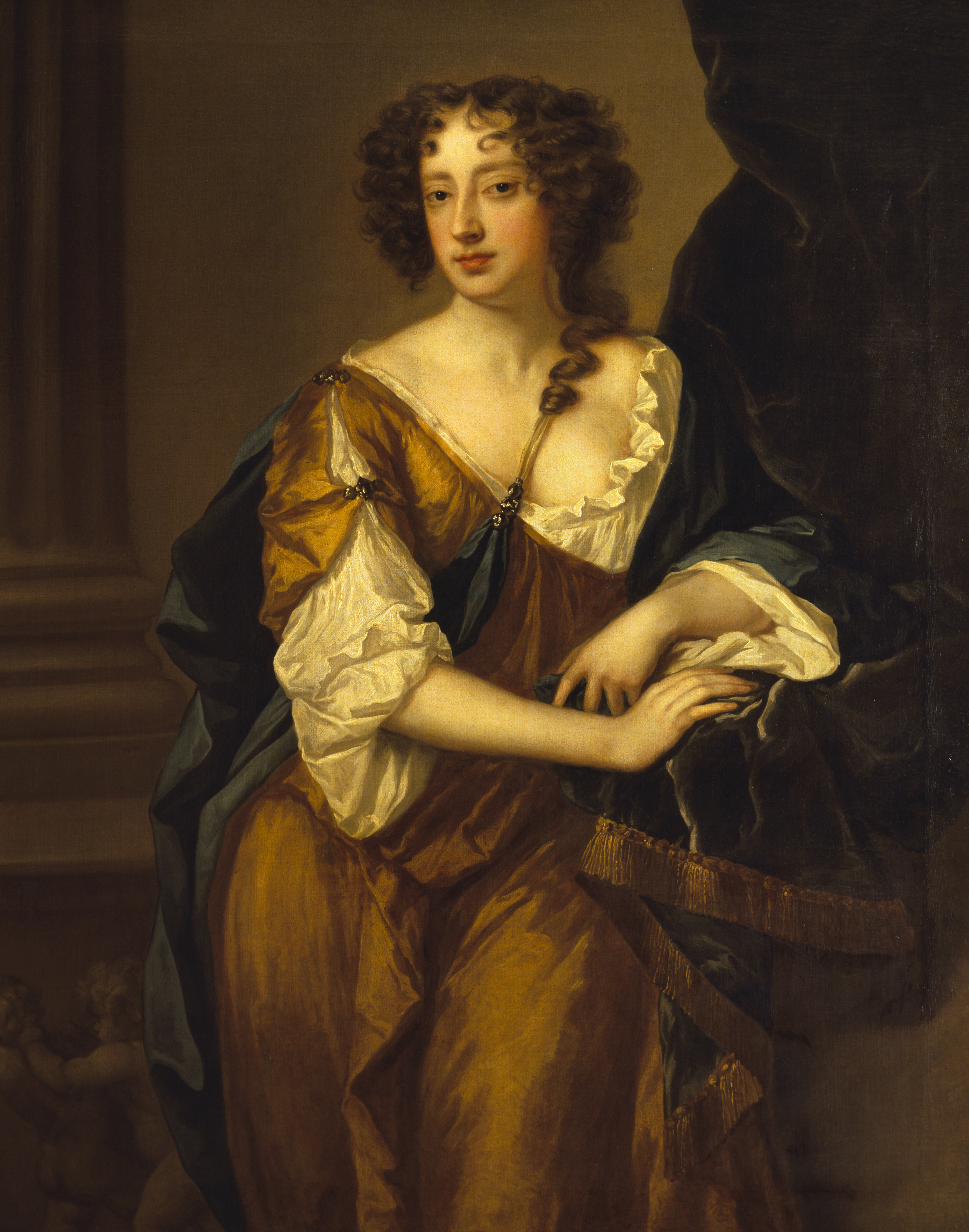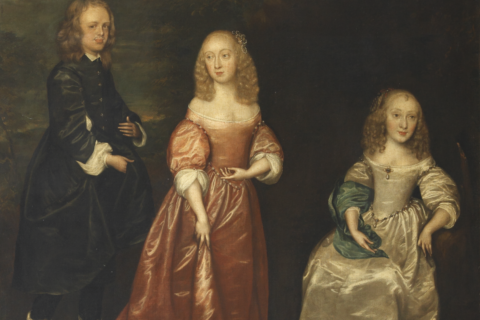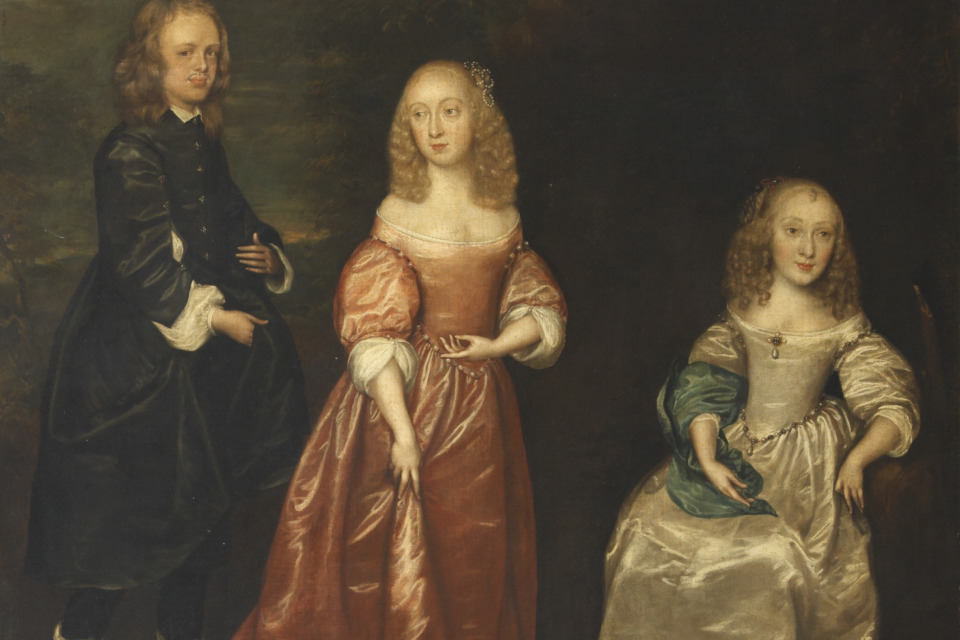Harlot or Housewife?
17th-Century Women at the English Royal Court
Powerful women have been regarded with fear and perceived as skilful manipulators ever since Pandora opened her box, Eve persuaded Adam to sample some fruit, and Cleopatra rolled out of a carpet at the feet of Caesar. English playwright and poet John Dryden may have hoped in 1661 for a world in which “every father govern’d as a King,” but reality for 17th century Restoration England women of the royal household was not easy. The court was hedonistic and dangerous. Cleavage and a quick wit were weapons to be employed for advancement and royal mistresses were often capable strategists, who invisibly influenced society. They were portrayed in portraits as either virtuous or lascivious—extreme ends of the moral spectrum.
One of the most strategically astute mistresses and the favourite of Charles II was Barbara Villiers, Countess of Castlemaine, who was infamous for performing a sex act on a 14th-century mummified corpse of a bishop. Despite being deemed a “harlot”, she is rarely depicted in portraits as a seductress, but rather as a humble shepherdess or a religious figure. Frances Teresa Stuart, later Duchess of Richmond and Lennox, who seemed to have achieved the impossible in resisting the sexual advances of the King, is depicted as Diana the virgin huntress. Nell Gwynne, who worked as a scantily clad orange seller to theatre audiences before crescendoing to a royal mistress, is frequently depicted with fully exposed breasts. The court of Charles II was extravagant, sensuous and treacherous, but it was also a place where ambitious female poets, artists, preachers (who sometimes preached naked) and actors, among others could excel.
Art consultant and popular Royal Oak speaker Angus Haldane will illustrate the lives of notorious mistresses, faithful wives, and creative figures who set the court aflame with their intrigue, brazen manipulation and talent. Mr. Haldane will discuss the stories, vanities, gossip and political manoeuvres behind their portraits and examine how the depictions of them as seductresses and sirens should be viewed through the filter of their roles and achievements.
Thank you to our co-sponsors: College of Arms Foundation; Anglotopia; Oxford University Society of Illinois

Lady Wriothesley, Duchess of Montagu, studio of Sir Peter Lely ©National Trust Images Derrick E. Witty






